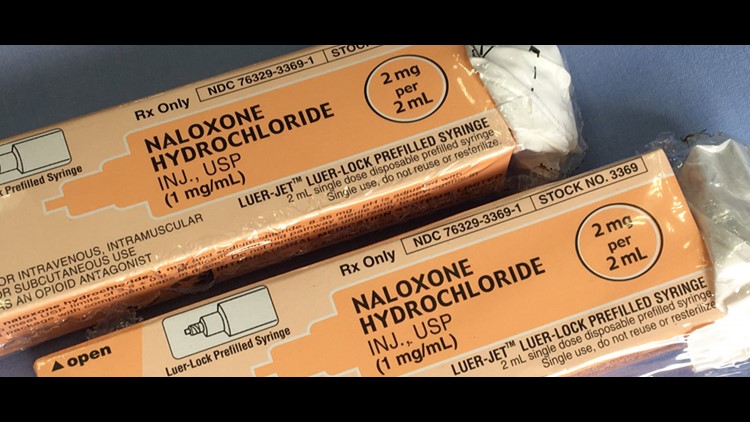INDIANAPOLIS (Statehouse File) — The Indiana Commission to Combat Drug Abuse has launched an interactive, online naloxone administration heat map that provides insight into the location of incidents where naloxone was administered and reported by emergency medical services providers.
Also known by the brand name Narcan®, naloxone blocks the effects of an opioid overdose and can save the life of the patient. After administering naloxone, Indiana EMS providers report to the Indiana Department of Homeland Security the locations of incidents when an overdose situation is presumed.
“Naloxone is a proven life-saver,” said Jim McClelland, executive director for Drug Prevention, Treatment and Enforcement. “This map gives first responders a visual asset to help them deploy resources more efficiently. It’s one more tool we can use to attack the drug epidemic and promote recovery—an important focus of Gov. Eric Holcomb’s administration.”
- RELATED: See the map on the state's website
Developed through a partnership between the Indiana Management Performance Hub and the Indiana Department of Homeland Security, the map displays naloxone administrations reported by EMS since Jan. 1, 2014.
“As we continue to battle the opioid epidemic from all angles, this new tool will both inform our first responders and help identify general locations that have seen an increase in naloxone delivery,” said Dr. Michael Kaufmann, the state EMS medical director. The mapping tool will help guide the state’s agenda to combat opioid addiction.
Care was taken to protect privacy with the placement of points on the map. In densely populated areas, locations where the naloxone administration occurred are represented within 100 meters of the point on the map. In moderately populated areas, they are within 300 meters, and in rural areas, they are within 500 meters.
This content was reproduced from TheStatehouseFile.com, a news service powered by Franklin College.



